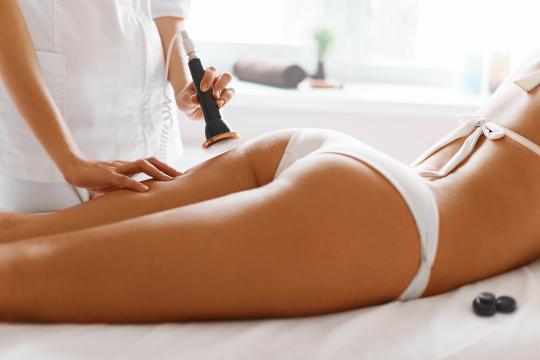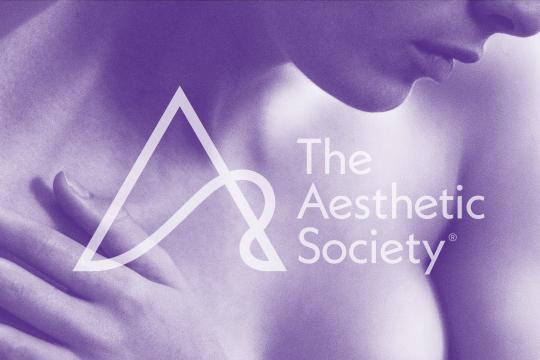
Take it from Goldilocks, a mattress is not simply a mattress, not any porridge will do, and an especially hairy Grandma… may not be a Grandma at all. It pays to be discerning, particularly when you’re looking to remove unwanted hair (from you or your Grandma). So before you plunk down your shillings, let’s take a look at the 5 main types of hair removal lasers on the market.
“You mean not all lasers are the same?”
No.
No they are not.
Nd: YAG
The Nd: YAG laser goes by a variety of different system names—CoolGlide, Medlite IV, Varia, Athos, Lyra, Sciton Profile, Image Cutera, Cynosure Elite, Candela, GentleYAG—and is the same laser used to remove hyper-pigmentation and/or that unfortunate tattoo you got in college.
How does it work?
This laser emits longer wavelengths that are able to penetrate deep into the skin, targeting the hair at the papilla (the structure at the base of the hair follicle), without causing discoloration or damage to the surrounding area. It has a relatively low rate of melanin absorption, making it safer to the surface of the skin, but also less damaging to the unwanted hair — which means you may require more sessions to adequately remove the hair.
Who benefits?
The Nd:YAG can be used on a full range of skin colors and is the preferred method for dark skin. It’s less effective on people with fine or light colored hair.
Does it hurt?
This laser tends to be more painful than other lasers and your practitioner will likely need to apply a numbing cream. You may experience redness, swelling and itching that can last up to a few days. There is also the slight risk of blistering and skin discoloration.
Alexandrite
The Alexandrite laser—also called Candela, GentleLase, Cynosure Apogee, EpiTouch Plus—is the fastest laser out there, which is great if you’re looking to cover more skin area in less time.
How does it work?
This laser also uses a slightly longer wavelength to target the hair follicle and has relatively high melanin absorption. With its larger spot size, the Alexandrite is the quickest method available and is commonly used on larger areas of the body like the legs and back.
Who benefits?
Best suited for light or olive colored skin, this laser is particularly effective on fine, thin hairs (whereas others lasers may not be).
Does it hurt?
There is a “no pain, no gain” element to the Alexandrite—in addition to that there is a significant risk for discoloration and burns (!!!) with darker skin tones. Ensuring that you’re a good candidate for this laser is a good way to avoid the risk. Redness, bumps and swelling can also occur, but should dissipate on their own in a day or two.
Diode
The Diode Laser—with names like SLP, F1 Diode, LightSheer, MeDioStar, SopranoXL, LaserLite, Epistar, Apex—is the new kid on the block when it comes to lasers used in hair removal.
How does it work?
This laser emits both shorter and longer wavelengths, allowing it to penetrate light deeper into the follicle and maintain good melanin absorption.
Who benefits?
The Diode presents a lower risk for discoloration and damage to the surrounding skin, and has proven itself to be useful for most skin colors. The best results are on light to medium skin tones.
Does it hurt?
If you can handle a bikini wax, you can handle a Diode laser session, which has undoubtedly added to its popularity.
Ruby
The Ruby laser—commonly called RubyStar and Palomar E2000—is an oldie but a goodie.
How does it work?
The oldest type of hair removal laser on the market, this laser maintains its popularity due in part to its higher melanin absorption rate. Sadly, this also makes the Ruby prone to leaving the skin discolored if you’re not a good candidate.
Who benefits?
The Ruby laser is particularly effective for people with fair skin looking for light hair removal.
Does it hurt?
If you do have fair, sensitive skin, you can look forward to a relatively pain-free experience.
IPL or Intense Pulsed Light
Commonly called PhotoDerm, EpiLight, Quantum, Aculight, Vasculight—IPL or Intense Pulsed Light systems can be effective in eradicating unwanted hair, but aren’t technically lasers.
How does it work?
IPL works on the same principle as many lasers—light energy is absorbed by the unwanted hair, which heats up enough to damage the follicle, slowing hair growth and eventually preventing it entirely. The difference is that IPL uses a full spectrum of light with different scattered wavelengths, while lasers use a single focused wavelength of light.
Who benefits?
IPL is best suited to people with fair skin and darker hair. It is not recommended for patients with white or blond hair.
Does it hurt?
IPL is a gentle, relatively painless procedure that works anywhere on the body and is great for those with sensitive skin and/or a low pain threshold.
Like “Kleenex” is to facial tissue, the word “laser” has become a blanket term for all light-based hair removal systems—and that’s simply not true. Finding the best laser to remove your unwanted hair will depend on your skin color and temperament, what color and how thick your hair is, gender, and what area of the body is being treated. A consult with a trusted board-certified plastic surgeon will help you decide which hair removal treatment is right for you.








